Two groups of steppe marmots have just been released on Ukraine’s Tarutino Steppe, which is part of the extended Danube Delta rewilding landscape. Boosting the thriving population of marmots already here, the 18 animals will help to create a healthier, more functional steppe environment.
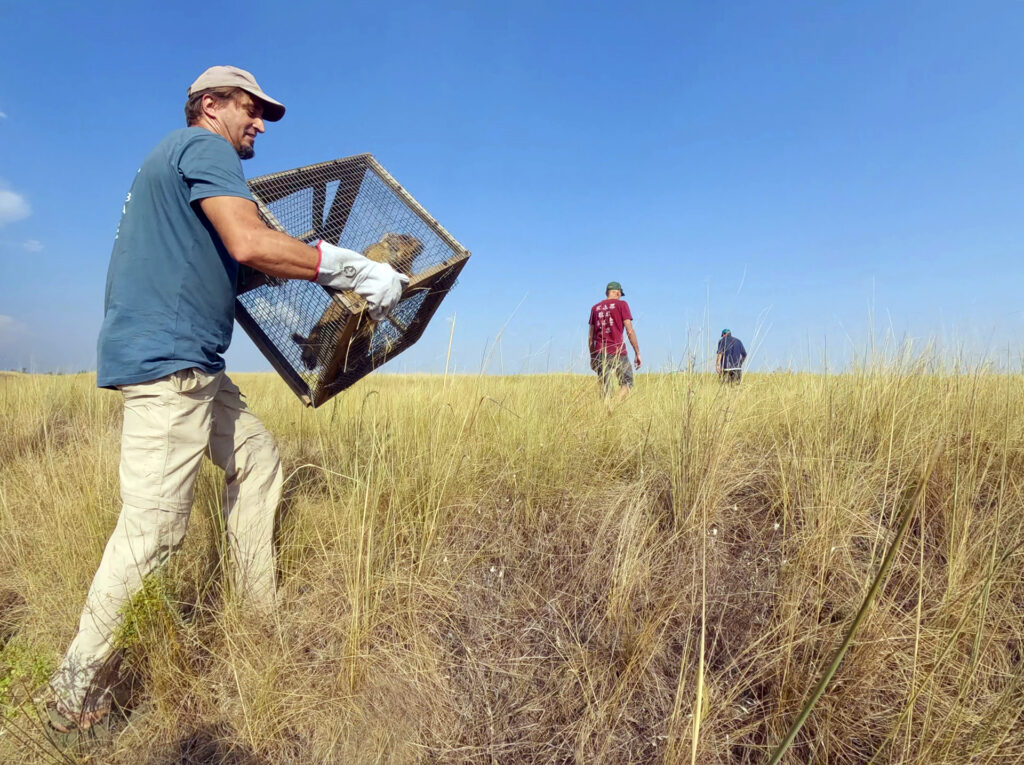
Towards a wilder and healthier steppe
The rewilding of Ukraine’s Tarutino Steppe has just taken another step forward with the arrival of two groups of steppe marmots. The 18 animals were translocated to the steppe, which is part of Rewilding Europe’s extended Danube Delta rewilding landscape, from the north of Ukraine’s Odessa region. They join a thriving group of marmots which were released on the steppe by the Rewilding Ukraine team in 2020. The plan is to release further marmots next year, with the goal of establishing a stable population in this protected area.
The 5200-hectare Tarutino Steppe, which is one of the last and best preserved pieces of steppe left in Ukraine and Europe, is characterised by its expansive grassy plains. It is home to a wide range of flora and fauna, many of which are endangered. The ongoing marmot reintroduction programme is part of a larger rewilding initiative to enhance wild nature here.
“Marmots help to maintain a healthy steppe environment through their burrowing and feeding, while they are also an important part of local food webs,” explains Rewilding Europe’s Head of Landscapes Deli Saavedra. “This new release complements marmot reintroductions that were started in 2020, and will help to boost the numbers and range of the species further.”
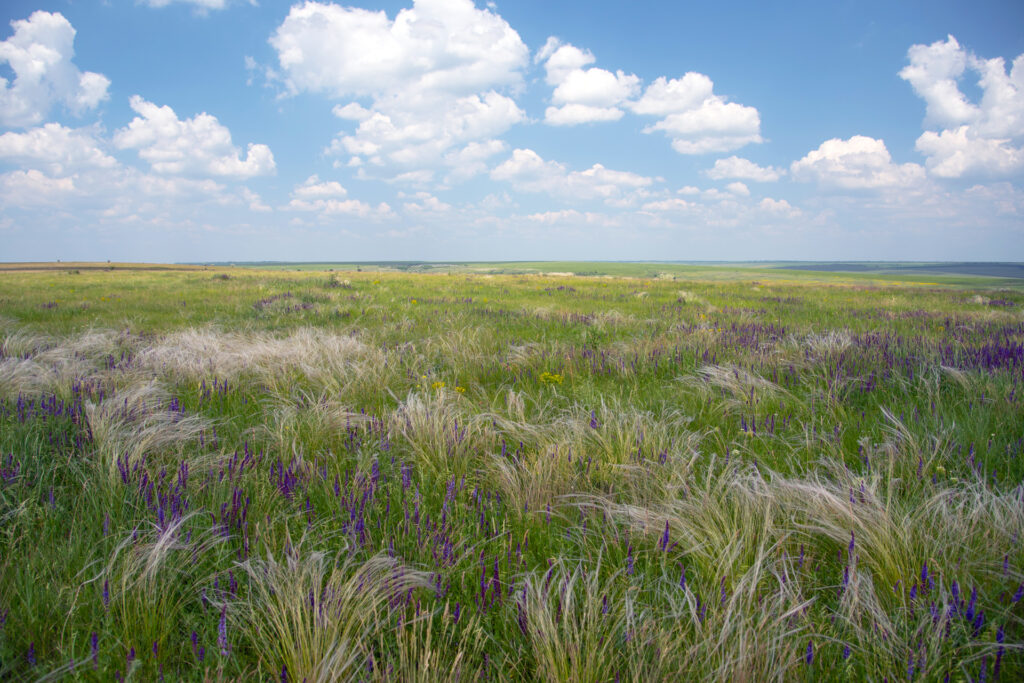
A thriving population
The marmots have been released in a large enclosure on the Tarutino Steppe, where a number of artificial dens have been created. Some of these dens have been surrounded by a fence, which will prevent the animals leaving them immediately and give them time to adapt to their new home.
“The marmots are acclimatising well, creating new dens or developing the ones that we prepared for them,” says Rewilding Ukraine Field Officer Oleksandr Gaidash. “We are monitoring the animals closely to ensure they continue to settle in and thrive, as the marmots released previously have done.”
The marmots released in 2020 have formed several colonies inside the same enclosure, while some have also formed a colony just outside the enclosure boundary. These animals all appear to be doing well – in 2022, the Rewilding Ukraine team recorded six baby marmots (called “pups”) in one family, while pups have also been seen in subsequent years.
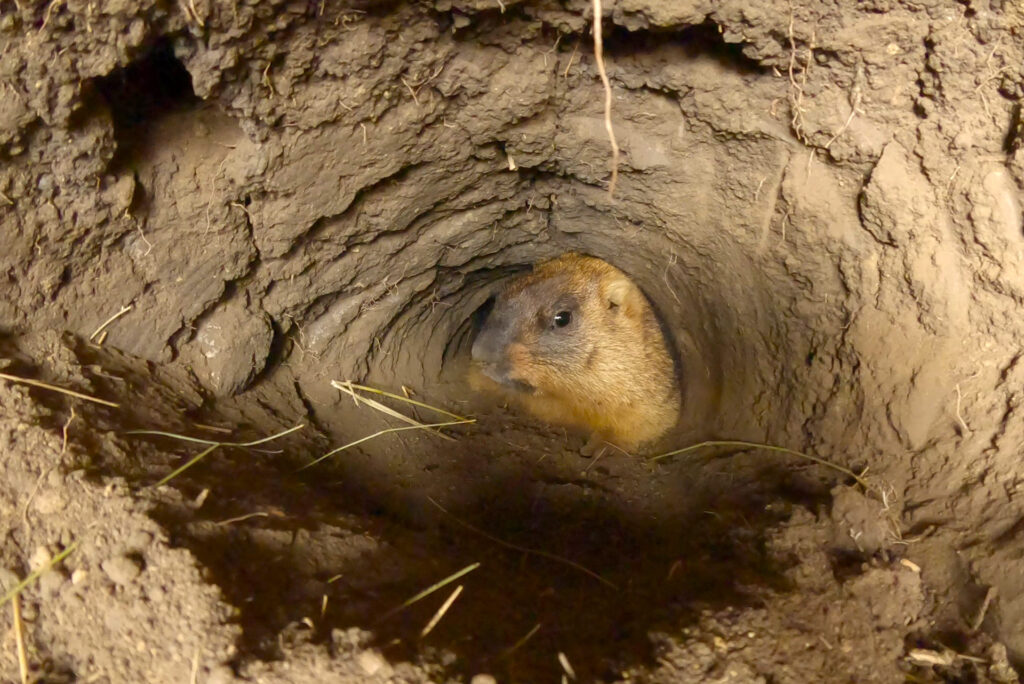
A vital sanctuary
The steppe marmot is a species of marmot (or ground squirrel) that inhabits the steppes of Eastern Europe and Central Asia, prospering on open rolling grasslands and along the edges of cultivated fields. They were once widespread in Ukraine, but rapidly disappeared from the nineteenth century onwards as a result of hunting and industrial agriculture. Today stable populations remain only in the northeast of the country, although the species has been reintroduced in other areas.
The ongoing war in Ukraine, which has led to the loss of significant tracts of agricultural land, means many areas of steppe and grassland in the country have been ploughed, destroying marmot colonies. Some areas have also been degraded by the war itself. In these dark times for the country, the Tarutino Steppe – which is located well away from the conflict area – can become a sanctuary for marmots and other wildlife, and could help with post-war nature recovery efforts.
Over the last few years, the Rewilding Ukraine team, in conjunction with the community of Borodino and the Department of Ecology of Odessa, took important steps towards the creation of the Budzhak Steppes National Natural Park – a new national park that would encompass the Tarutino Steppe and adjacent yet unconnected areas of steppe.
Ecosystem engineers
Steppe marmots are an important prey species for animals such as wolves, foxes, and raptors, and are also considered ecosystem engineers due to their extensive burrowing. Their burrows – which can be up to 20 metres long and as much as three metres below the surface of the ground – can have a positive impact on soil and groundwater. They also help to disperse seeds and create areas where a variety of plant species can establish themselves.
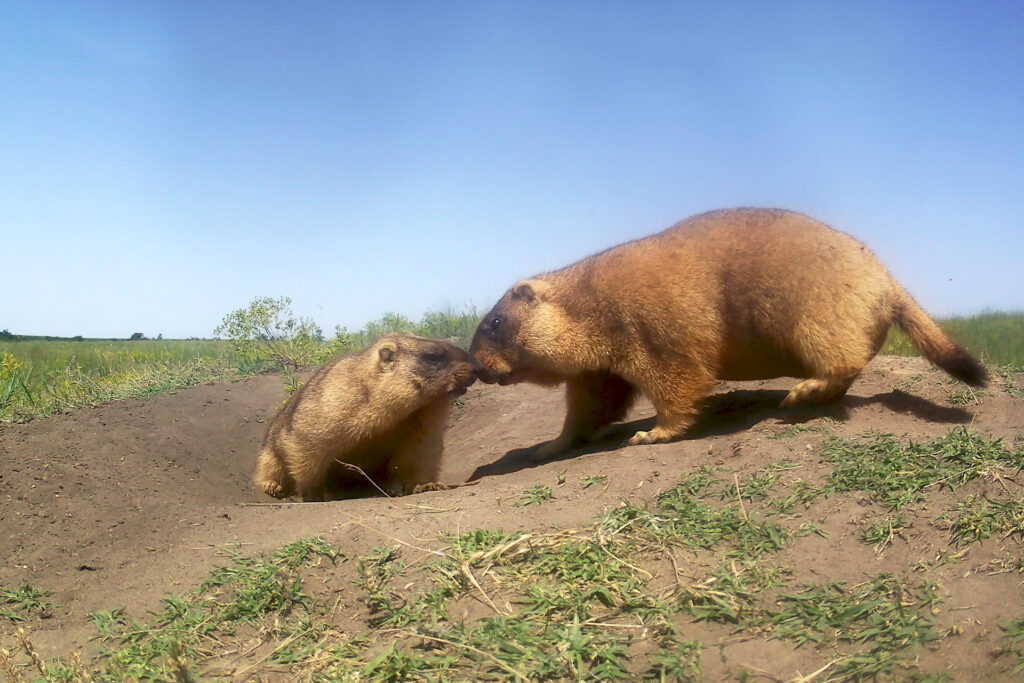
The bigger picture
The steppe marmot reintroduction programme is part of scaled up rewilding efforts in the Danube Delta rewilding landscape, which began at the start of 2019 with funding provided by the Endangered Landscapes & Seascape Programme, through Rewilding Europe.
The overarching aim of these efforts is to realise a wilder steppe governed more by natural processes, such as natural grazing, with herds of kulan and fallow deer released by the Rewilding Ukraine team in recent years. Ongoing releases of small mammals such as marmots and hamsters by the team are supporting this evolution.
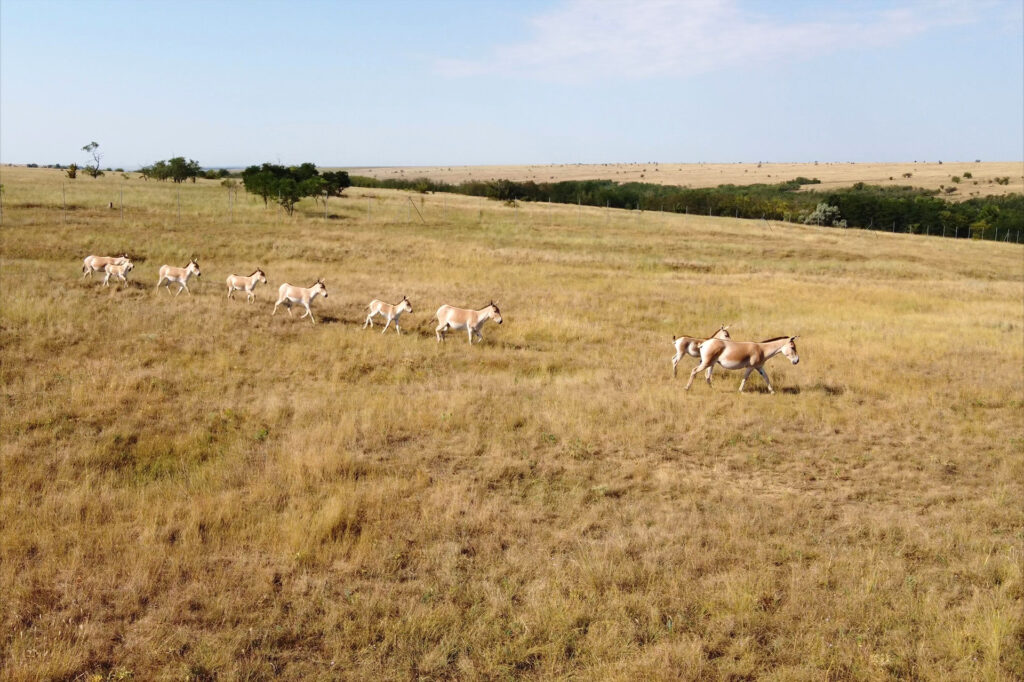
Invaluable support
Rewilding Europe’s work in our rewilding landscapes is supported by a wide range of highly valued partners. We would particularly like to acknowledge those providing core funding – notably the Ecological Restoration Fund, the Dutch Postcode Lottery, WWF-Netherlands, and Arcadia. Their longstanding support plays a critical role in enabling us to deliver and scale up rewilding impact.